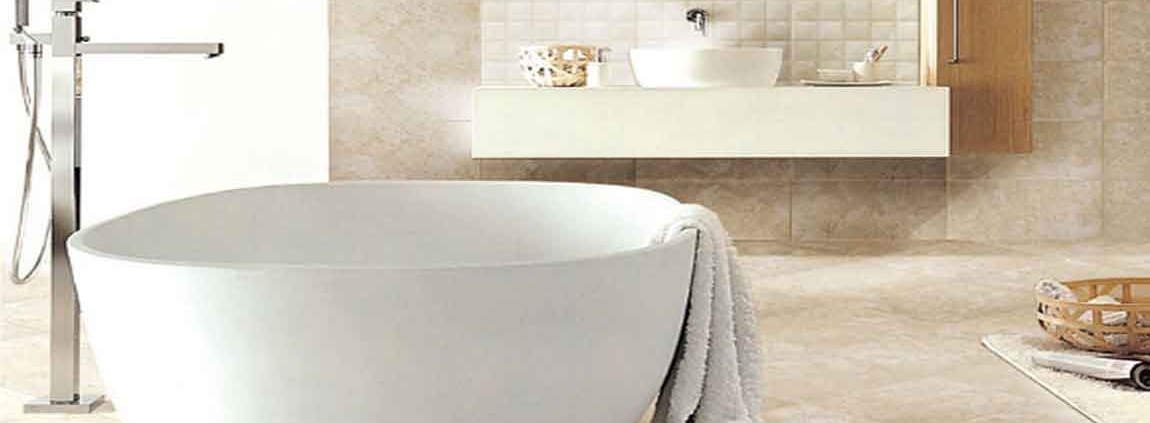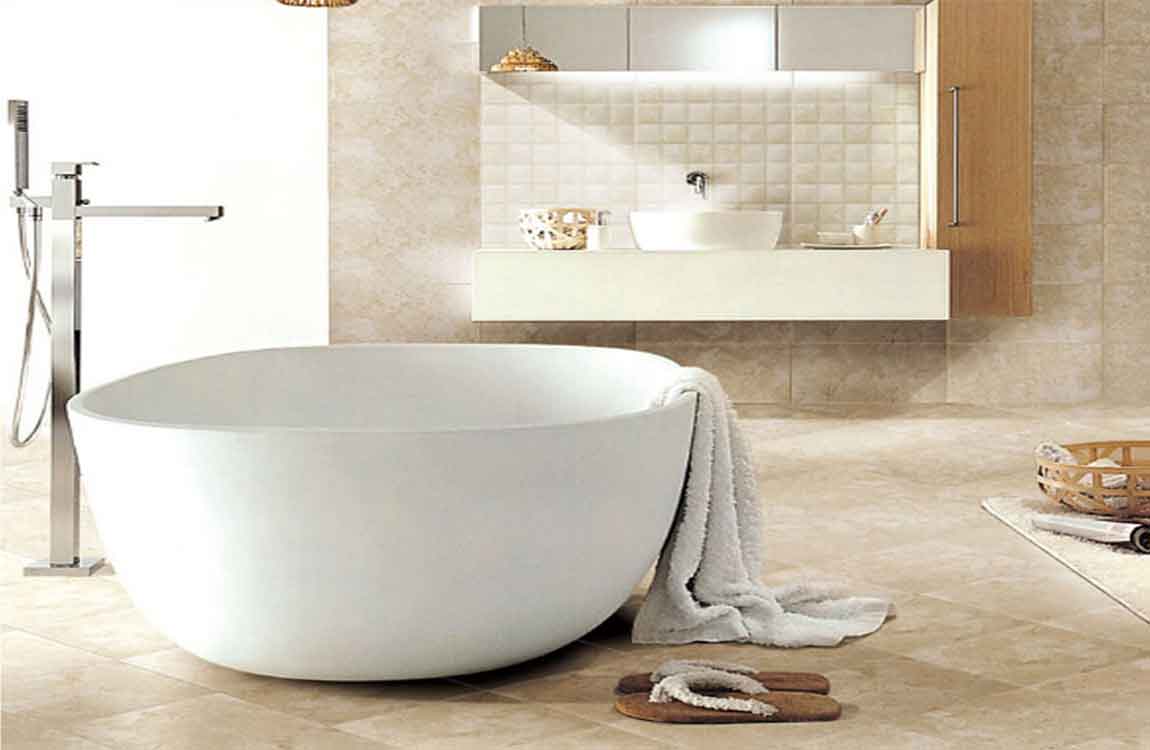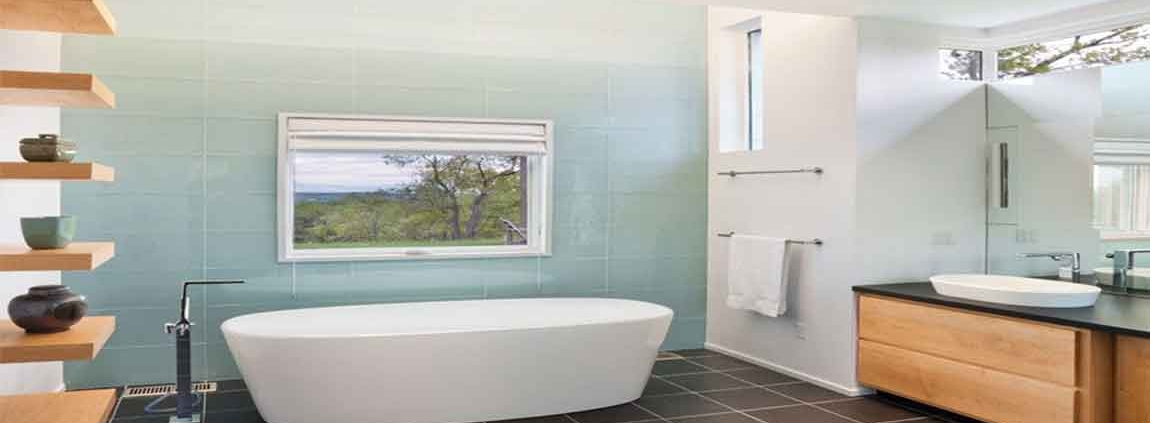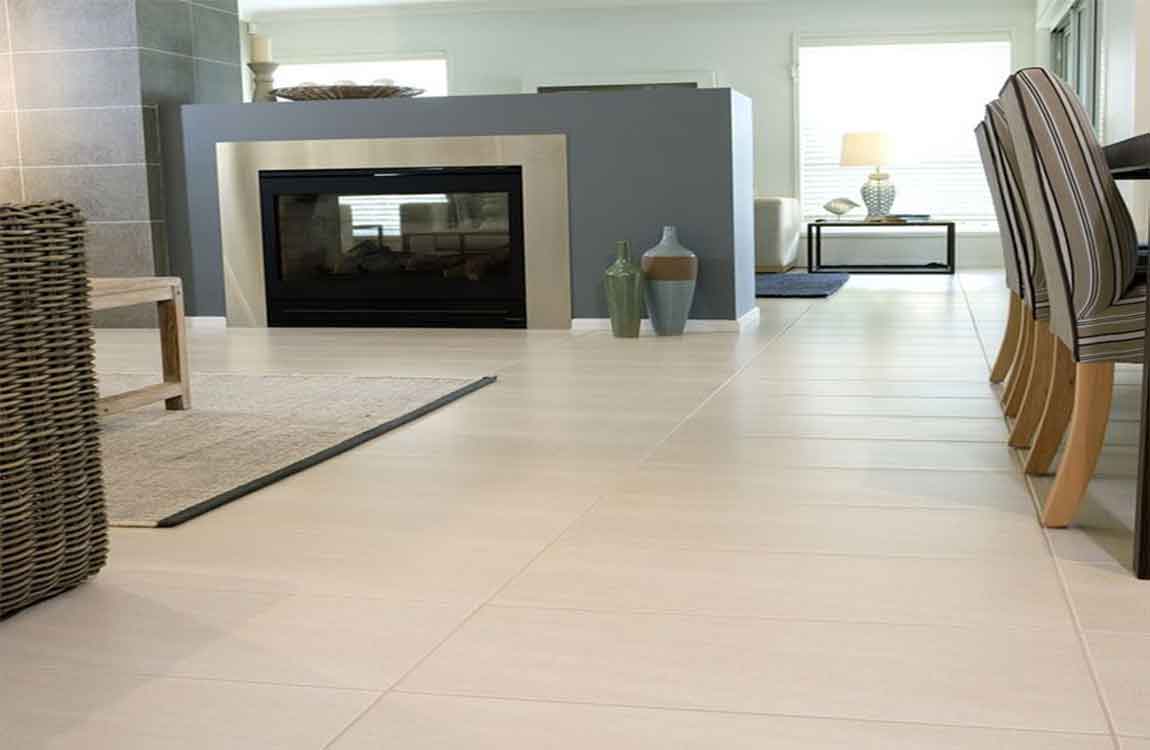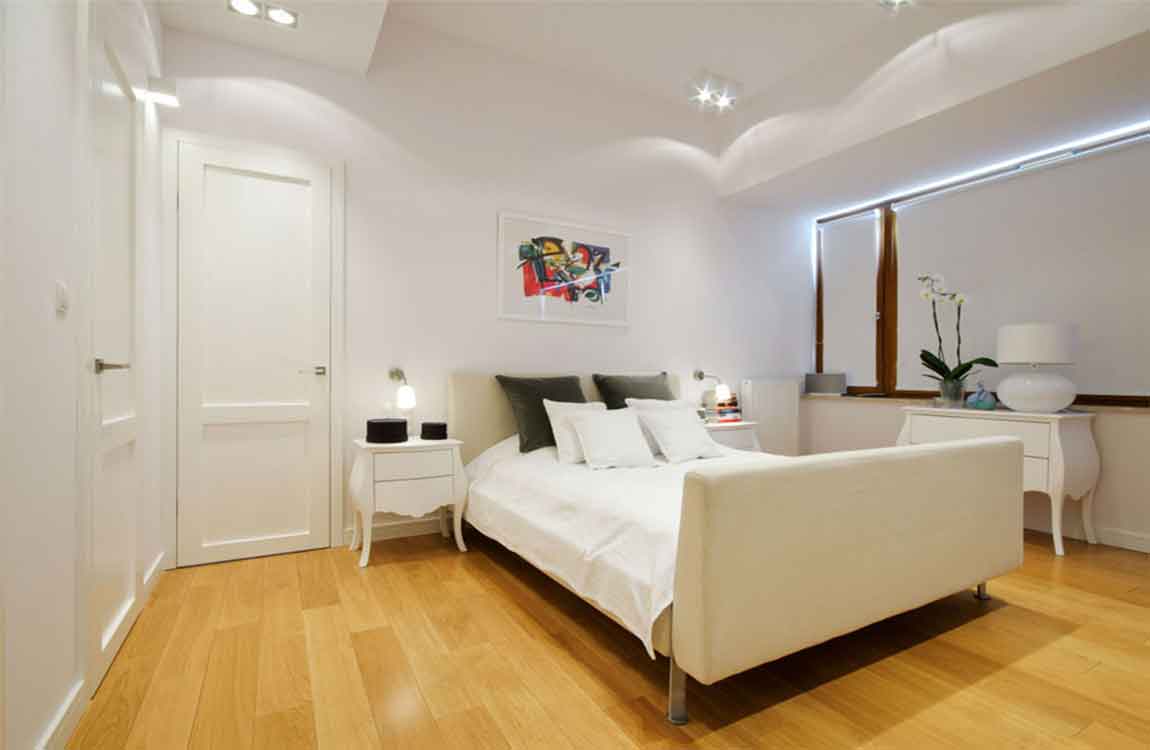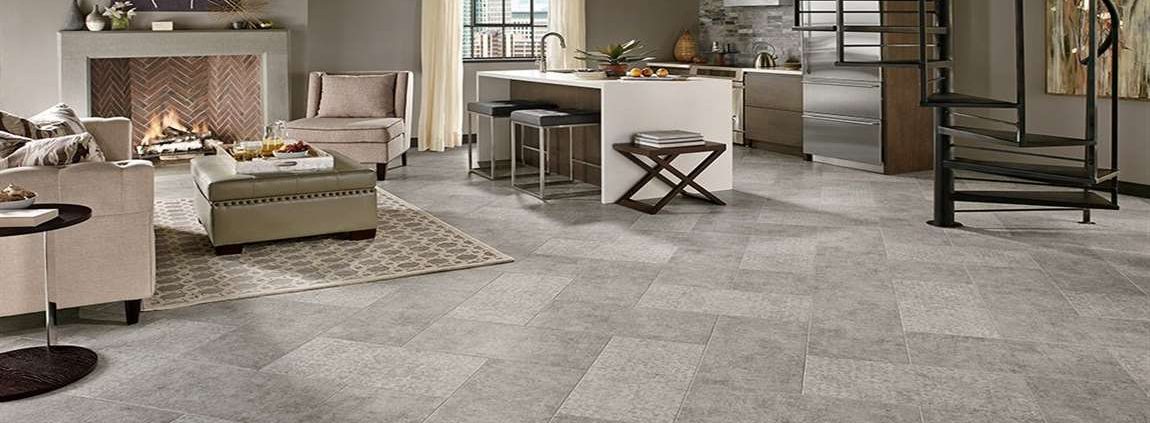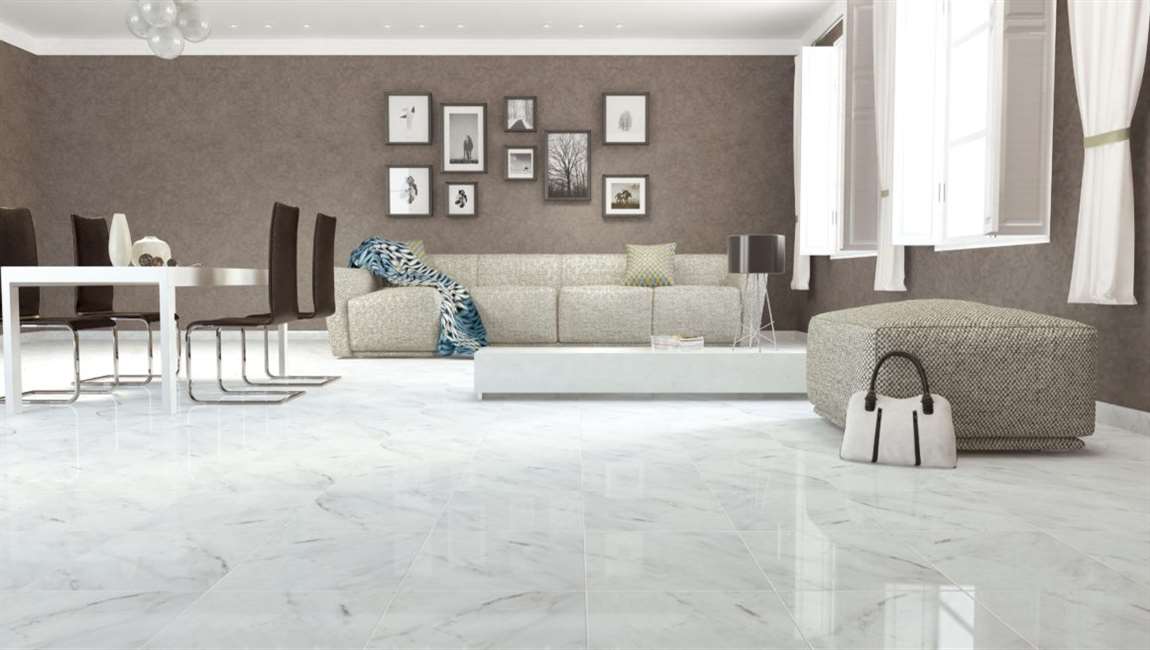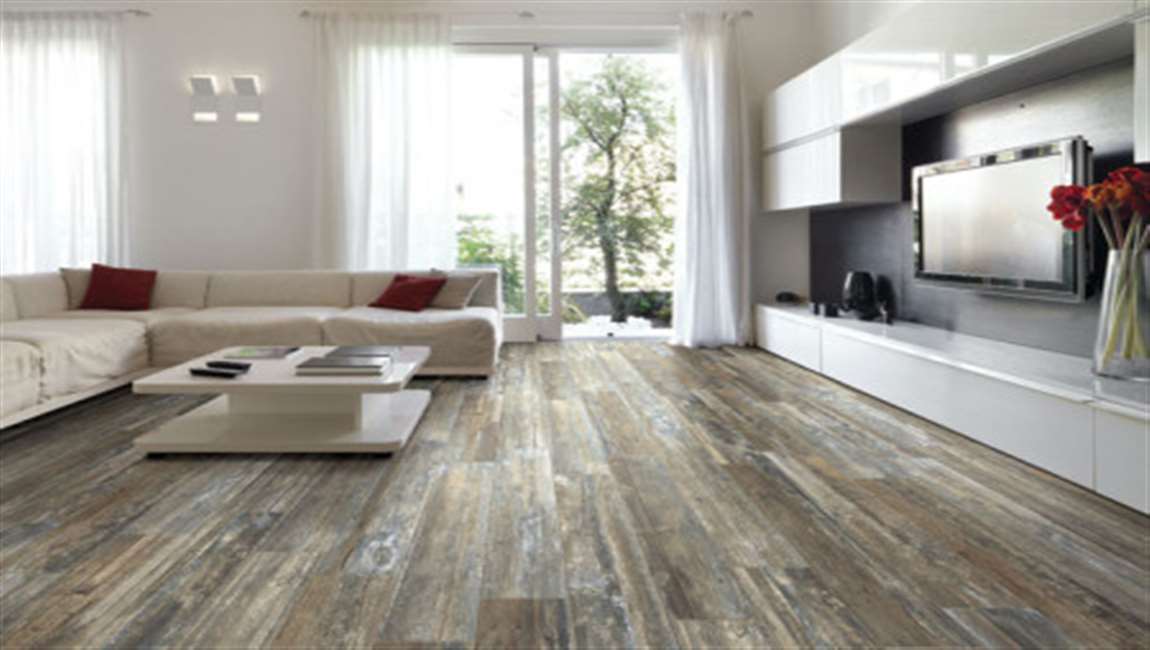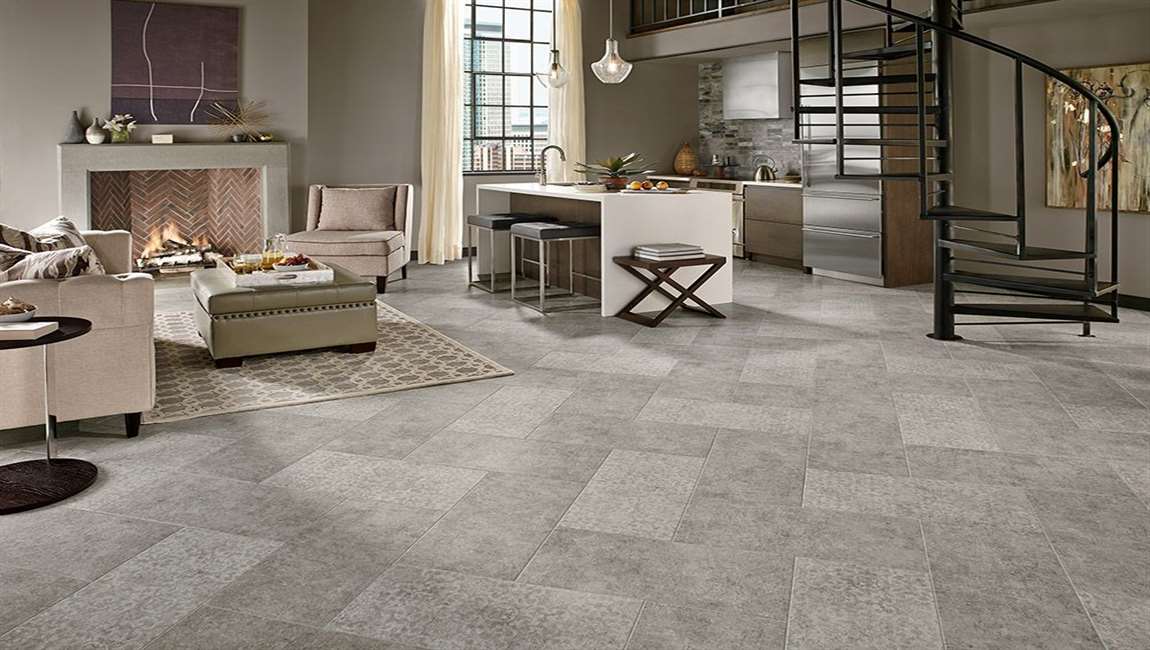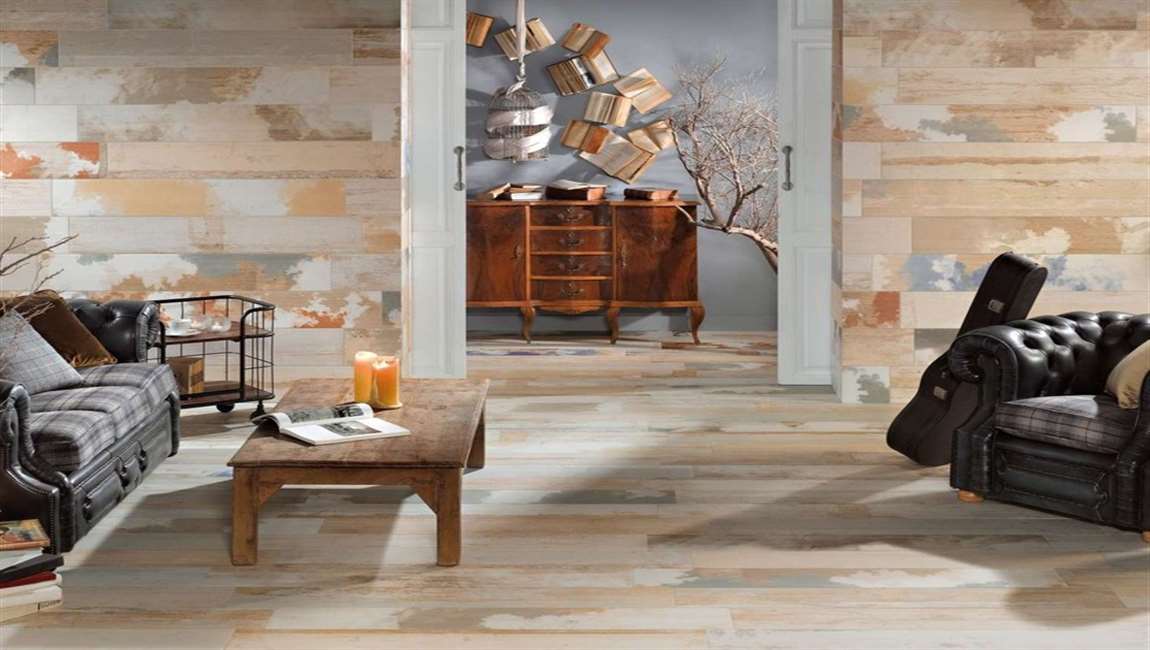How Doing General Cleaning on Interior Surfaces?
Sweep all loose dirt and debris off of the surface. If you have a sandstone tiles hearth or sandstone tiles on your floor, sweep them off before doing a deep clean. With will get rid of loose debris on the surface and will make cleaning easier. If your interior sandstone tiles surfaces are not on the floor, such as if you have a sandstone tiles counter top, use a dry towel or a small, hand-held brush to wipe all crumbs, dust, and other debris off of them.
You can also use a vacuum to get rid of all loose dirt and debris on the surface. Wipe down the surface with a damp cloth. Use a clean, soft rag to wipe down your sandstone tiles. Simply get the rag wet, ring it out in the sink, and then wipe the entire surface of the stone.
If you are dealing with a sandstone tiles floor surface and you don’t want to get on your hands and knees, you can use a microfiber mop head or other soft floor cleaning mop. Rinse out the rag if it gets very dirty and then continue on until the entire surface has been cleaned.
Tip: When you are wiping down the surface, notice whether the water appears to absorb into the sandstone tiles or if it beads up on top. If it absorbs into the stone, that means the stone has no sealant. If it beads up, the stone has been sealed. sandstone tiles that is not sealed is more prone to staining, so it needs to be used more carefully.
Don’t use your general household cleaning products on your sandstone tiles. Unless a general cleaning product, such as a “kitchen surface cleaner,” is labeled for cleaning natural stones, you shouldn’t put it on your sandstone tiles. In particular, acid-based cleaning products, such as those that contain citrus or vinegar can damage the surface.

